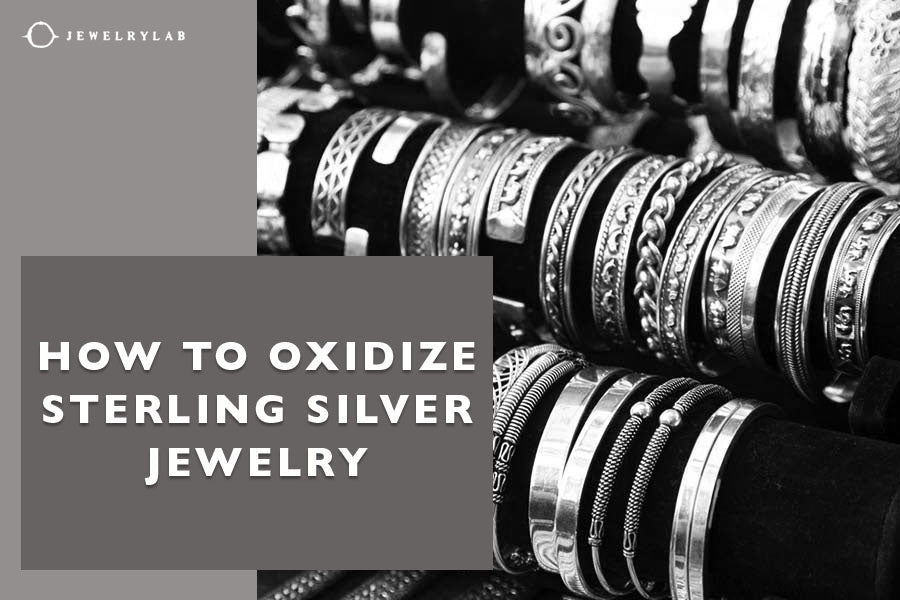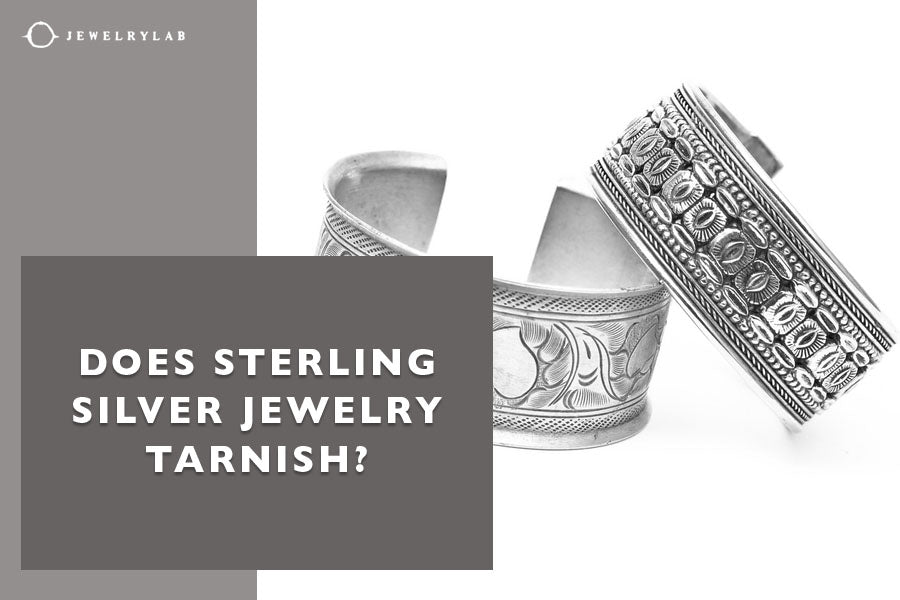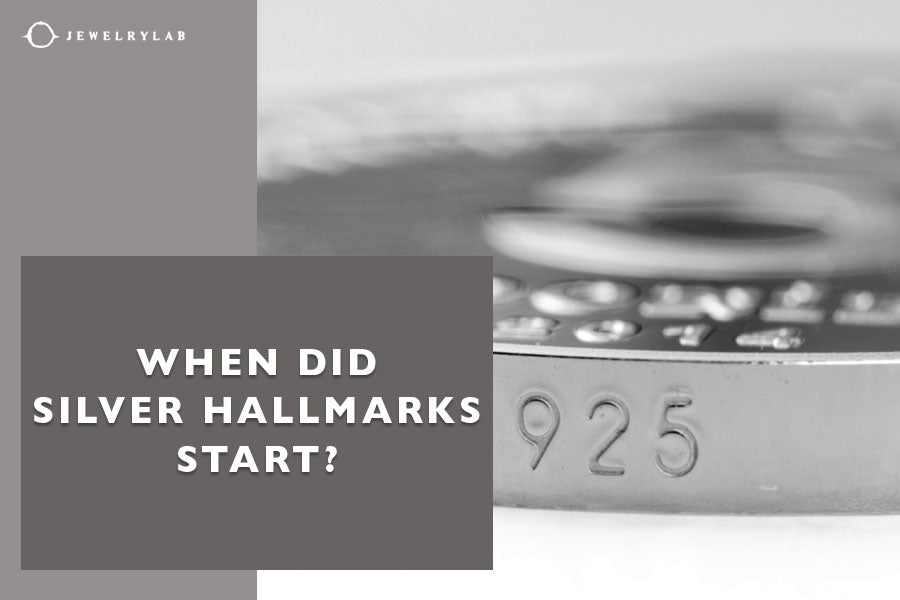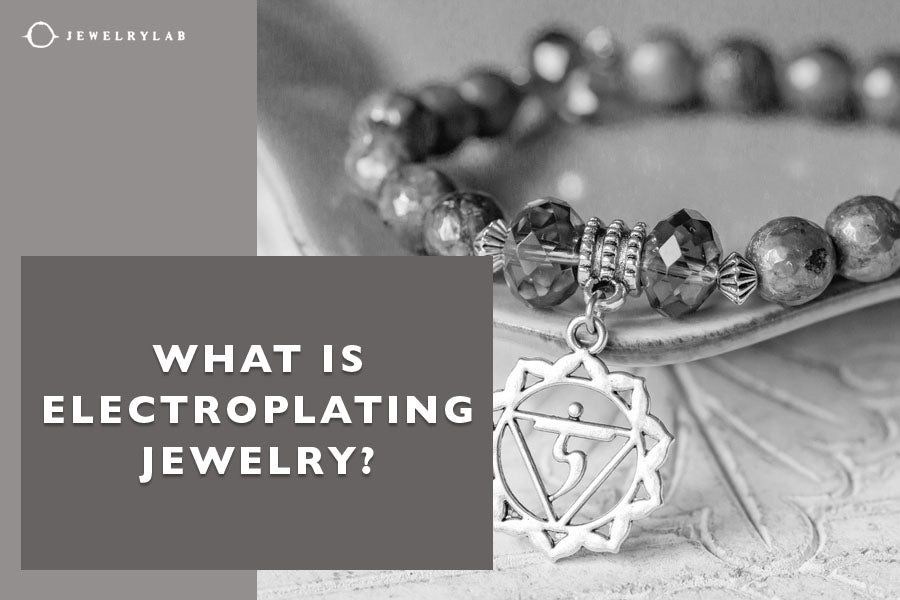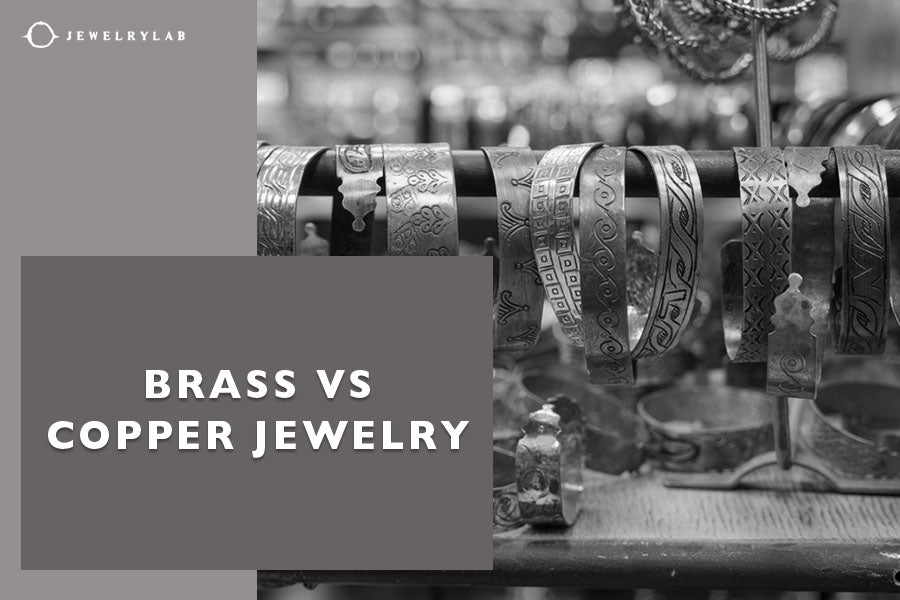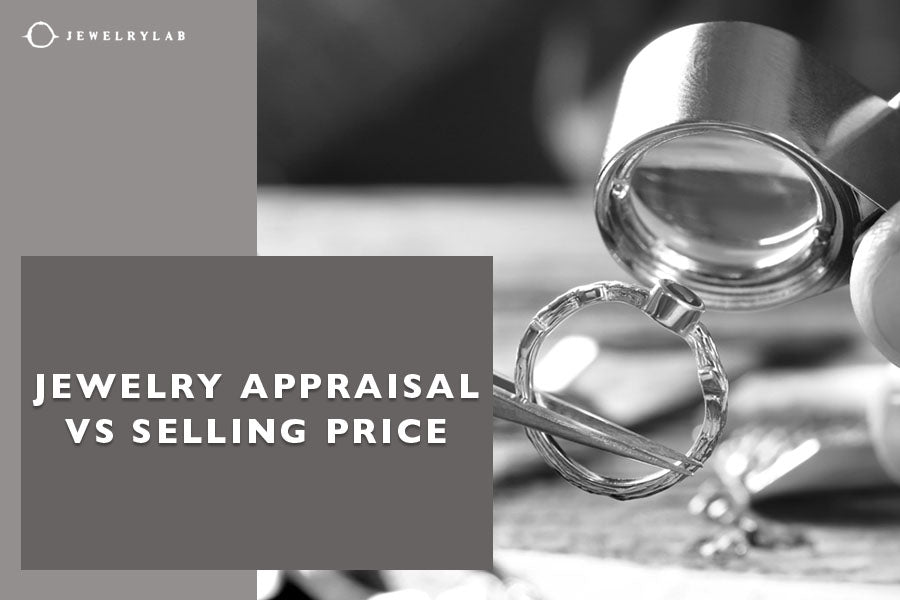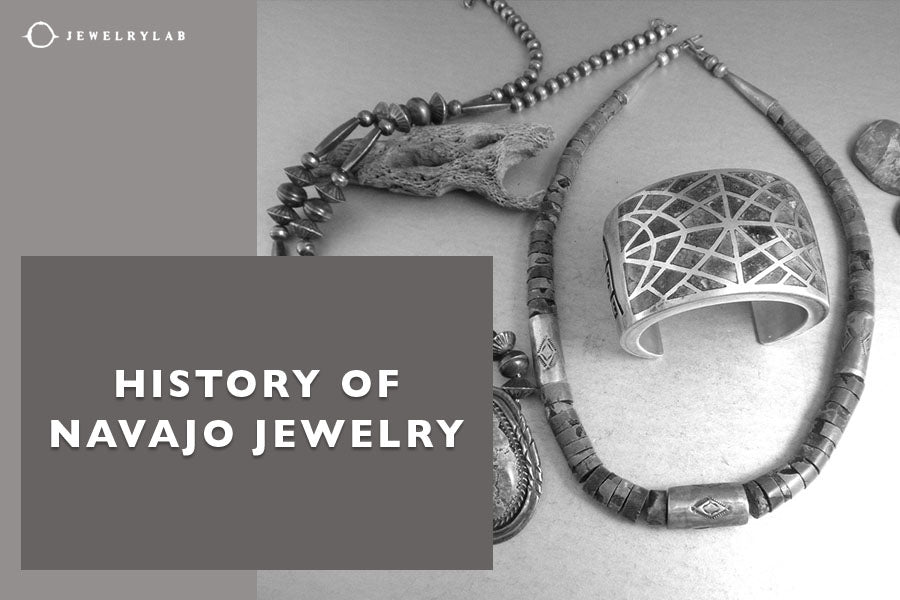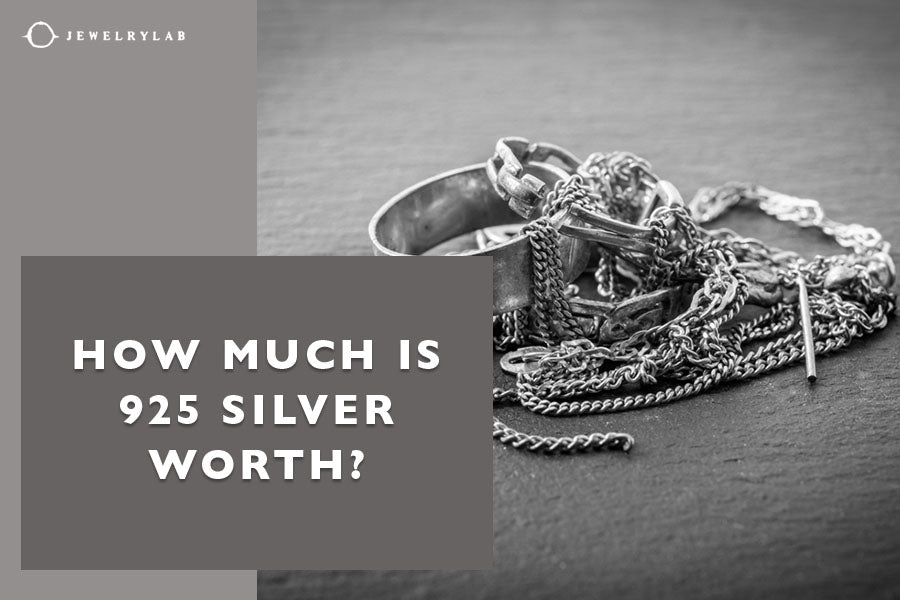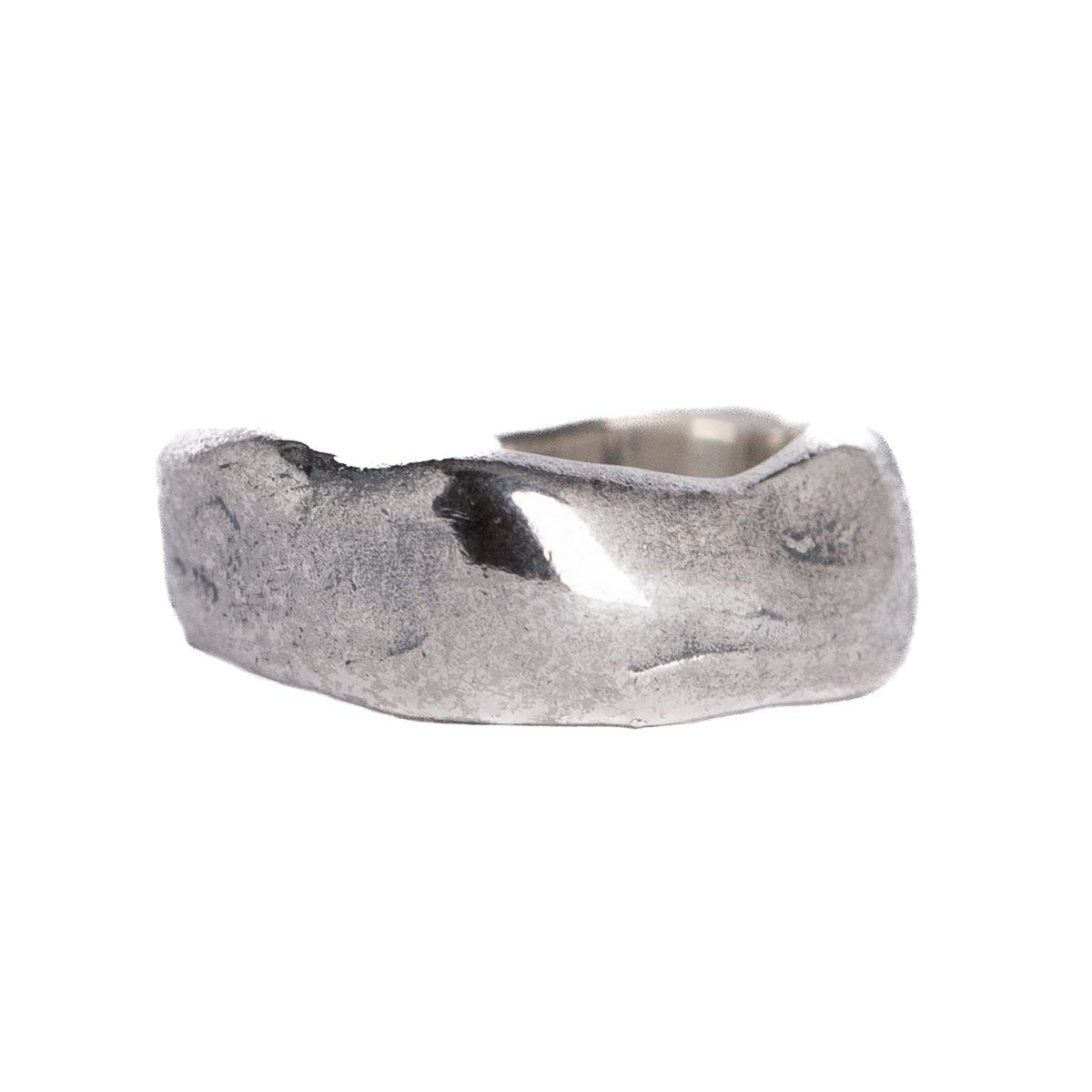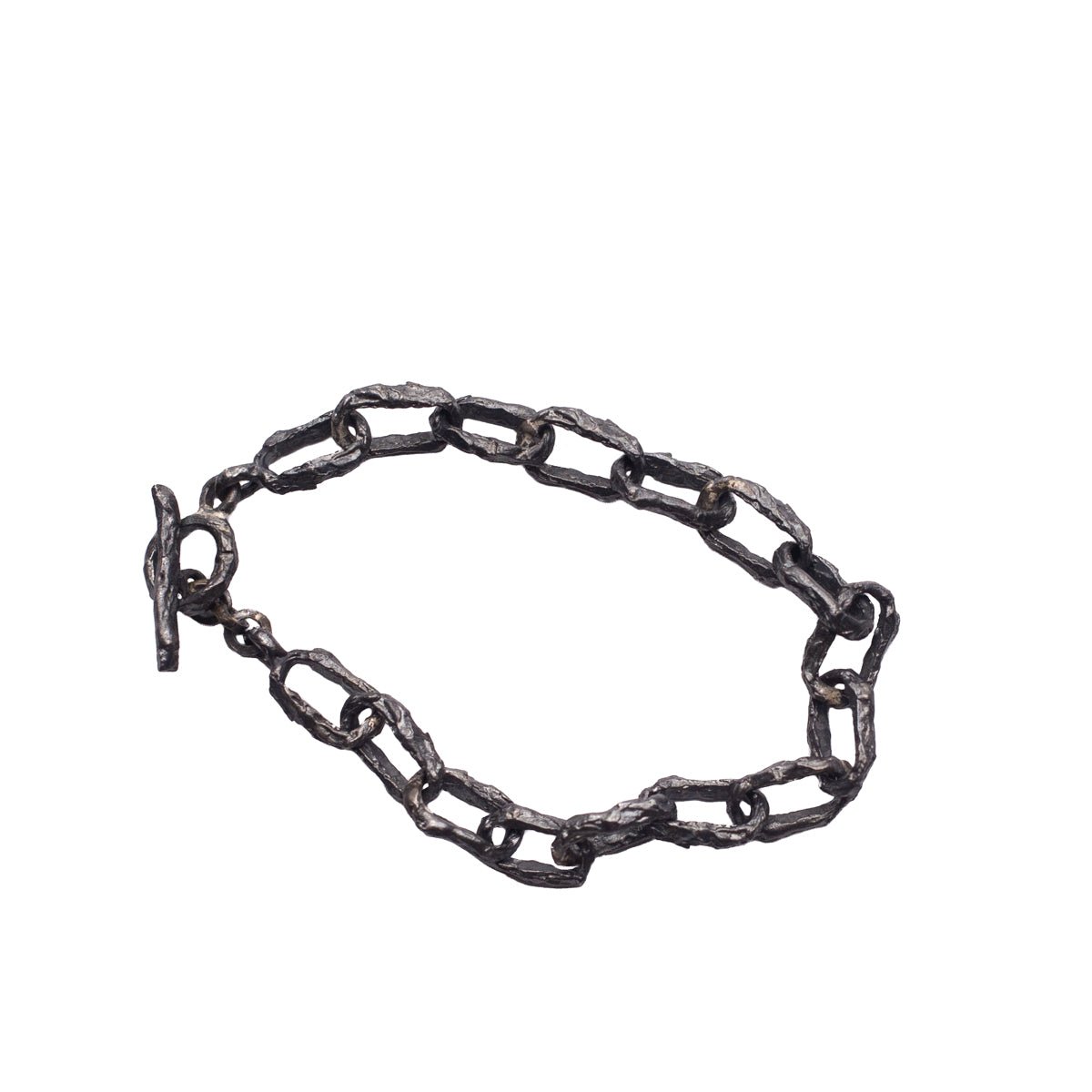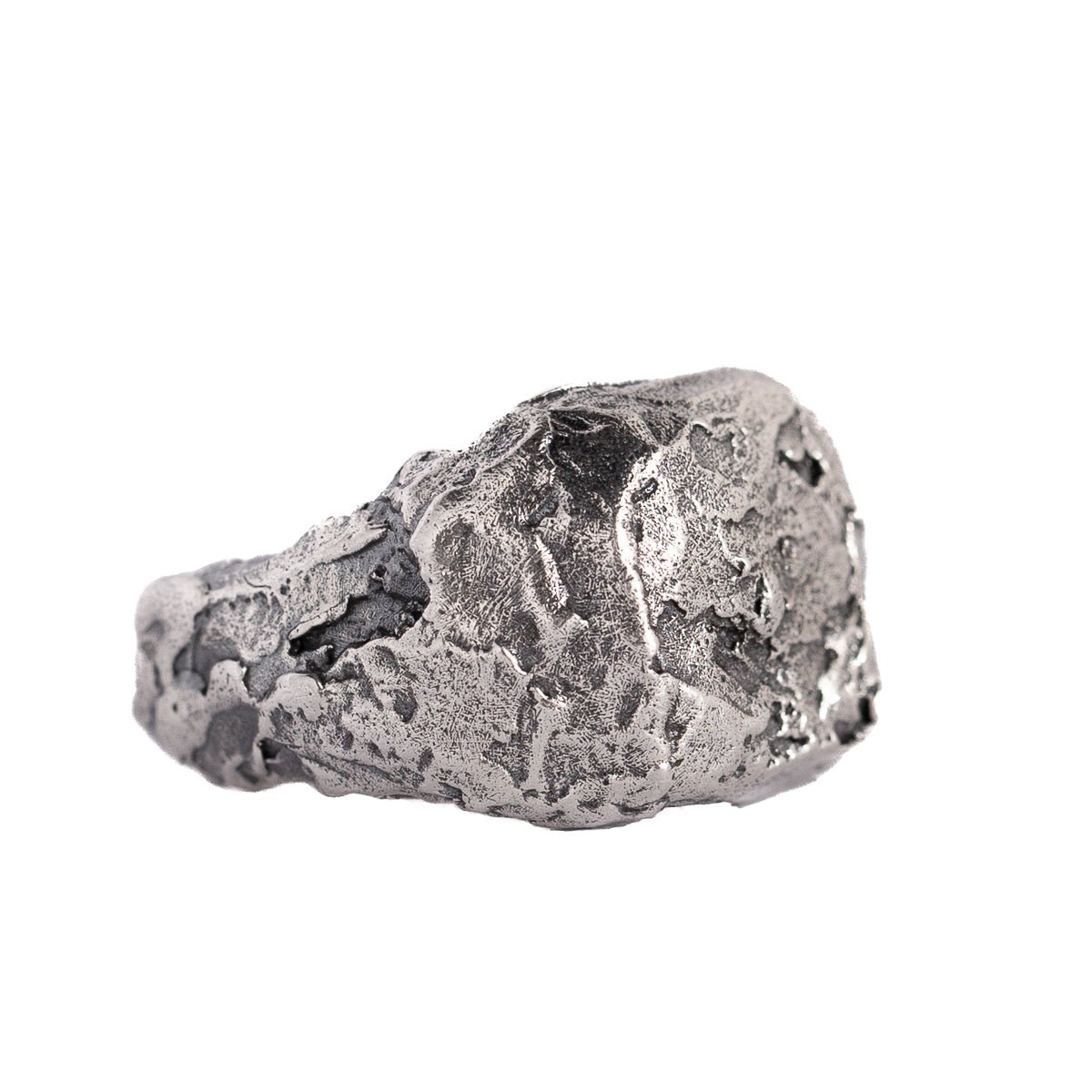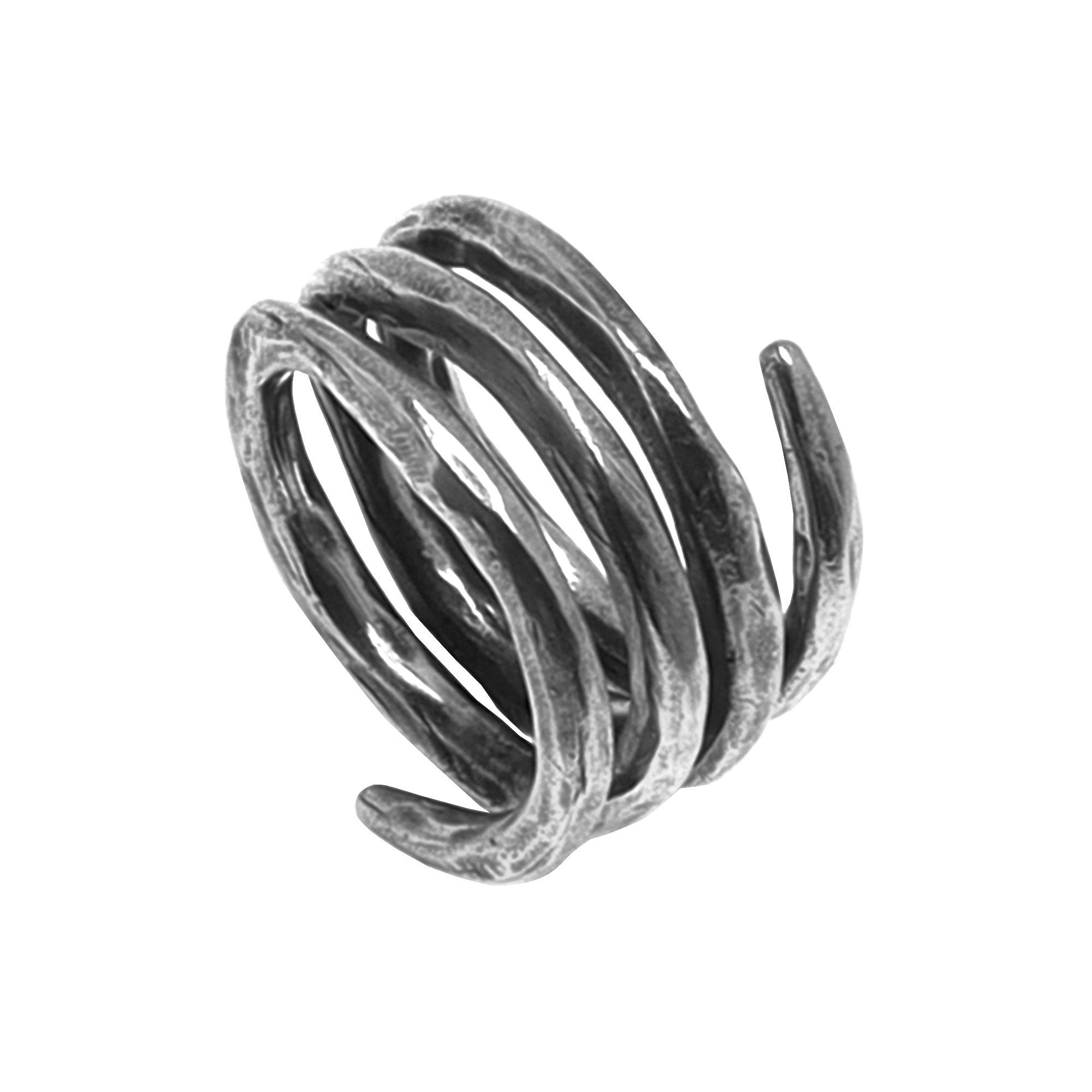by Jesus Zabala - 8 min read
Types of Jewelry Metals
Since the earliest of times, jewelers have used many materials for their creations. From precious metals to alloys, they adapted and determined which metals are best for creating beautiful jewelry pieces. Keep reading to learn the most common types of jewelry metals that fit classic and modern fashion trends.
We’ll talk about the difference between precious and base materials to help our readers decide which is the best metal for necklaces, rings, earrings, and bracelets. We also added some alternative metals to our jewelry-making materials list to provide various options.

Precious Metals
Precious or so-called noble metals have chemical properties that make them highly resistant to oxidation and corrosion. Such types of jewelry metals include gold, silver, and platinum.
Precious metals can be found all over the world and are highly valuable. Not only that but they are considered beautiful and glamorous and have been used in many applications, including jewelry making.
Not only are these noble metals appealing to look at and admire, but they are also easy to work with. Creating jewelry pieces with gold, silver, or platinum has been very practical for us due to their high levels of malleability.
Gold
As experts in the jewelry-making industry and lovers of unique pieces, we consider gold as one of the most captivating metals with unmatched beauty. This precious material never tarnishes.
Gold is a precious metal that lasts indefinitely with proper maintenance and can only be damaged by exposure to harmful toxins like acids or bleach. Moreover, it’s highly valuable because it is resistant to oxidation and tarnishing.
Gold is also sold for a higher price due to its quality and longevity.
What makes gold unique is that it can undergo many transformations. We, for instance, can make new gold rings with alteration or melting old gold jewelry. By upcycling gold, we can create modern designs and provide a unique sheen.
Furthermore, gold is very versatile, and in combination with pure gold or copper, you can get different hues, including yellow, white, and rose gold.

Alloys
Gold has desirable properties, and it is resistant to scratching. But one thing our customers should remember about this metal used for jewelry-making is its softness. Thus, many jewelers mix pure gold with other metals to create harder and stronger alloys.
This way, gold pieces gain more durability and won’t wear out easily. So, for customers who want to wear their gold jewelry with everyday outfits, alloys are a better choice than pure gold. Gold alloys commonly include silver, copper, nickel, and titanium.
Alloys can enhance the gold metal’s strength. But they also change some of its properties. Alloys may cause skin stains and allergies, unlike pure gold.
Gold-Plated
Many people find jewelry pieces made of pure gold too expensive. Luckily, we are here to inform you that there are alternative options that offer the glamor of wearing gold jewelry without breaking the bank.
Gold-plated rings, necklaces, and earrings have a different base metal that is covered in a gold layer. The base metal for these jewelry pieces is commonly brass, but from the outside, they can be easily mistaken for real gold.
Karat
The term karat indicates the purity of the gold metal used in certain jewelry pieces. Pure gold that is not alloyed with other metals is commonly referred to as 24-karat gold. The most popular solid gold pieces are 14-karat gold rings, necklaces, or bracelets with 58.5% gold and 41.5% alloy, including silver or brass as a base metal.
If 50% of pure gold is alloyed with 50% of another metal, we get a 12-karat gold jewelry piece. Some accessories even have 9-karat gold, with approximately 37% pure gold. Regardless of their purity level, jewelry pieces with gold must be stamped and hallmarked accordingly.
Silver
Gold and silver have been highly valued since ancient times.
Silver is one of the most popular types of jewelry metals. It offers a lustrous appearance and a lower price point than platinum or gold. Silver heats up faster than gold. Thus, we find silver harder to work with than gold due to the more challenging heat control.
Sterling Silver
When discussing silver alloys, sterling silver must be mentioned as the most popular. This metal has 92.5% silver and 7.5% other metals like copper to increase its hardness. Thus, look for the 925 sterling silver stamp on earrings, rings, bracelets, and necklaces.

Oxidized Silver
Oxidized silver is a black-colored sterling silver metal commonly used for making jewelry. We darken the outer surface of oxidized silver jewelry pieces using a chemical process. The sulfides speed up tarnishing and create a unique black patina.
When used at maximum strength, the oxidation process creates a matte black finish on various jewelry pieces. Controlled applications of the process may achieve purple, red, and yellow hues on sterling silver jewelry.
The best part about blackened silver is that it doesn’t alter the internal properties of the metal. However, this material requires regular maintenance to retain its original color. Wearers should avoid exposing it to water and strong silver cleaning solutions to prevent the black layer from peeling off.
Platinum
The use of platinum for various applications dates back to 1200 BCE. In the past, this metal was used to create decorative objects, including jewelry. Platinum looks very similar to silver, and this precious material looks modern to suit trendy jewelry designs.
When looking at this precious metal, we can’t deny its beautiful sheen and corrosion-resistant properties. Platinum also has an extremely high melting point, providing the freedom for jewelers to refine it in any shape they like.
This metal is rarer and more expensive than silver and gold. Platinum is also very strong and durable. Also, it doesn’t tarnish and oxidize even if worn numerous times.
Alloys
Unlike other types of jewelry metals, platinum refers to a group of materials. These include palladium, iridium, osmium, rhodium, and ruthenium. Each of these metals is suitable for jewelry applications, except for osmium.
Rhodium is often used to make non-tarnishing platings for white gold, silver, and other similar jewelry metals. Palladium and iridium can either be alloyed with other metals or used as pure metals to create strong jewelry pieces.
Platinum alloys are very common. However, the most popular include 90% platinum and 10% iridium. Some jewelry pieces can also have 95% platinum and 5% ruthenium to give additional strength and resistance.
Palladium
Palladium, the most expensive metal today, is a soft, silvery-white metal with gray undertones, creating the perfect shade for polished-looking jewelry pieces.
Even though the material is highly durable, however, as with any other precious metal, it scratches easily. Despite these minor drawbacks, the lightweight and hypoallergenic properties of palladium make it a popular choice for jewelry.
Base Metals
While there are many types of jewelry metals to choose from, precious, high-luster materials are the most common due to their high value. However, several non-precious metals are also gaining popularity in modern jewelry-making to provide versatility.
We call these materials base metals. They are easy to work with but also provide durability and originality. If you are struggling to find your perfect fit, take a look at the following metals many enjoy using in unique creations. It’s worth mentioning that these base metals are more affordable than precious metals.
Stainless Steel
The main reason why we love stainless steel for jewelry-making is that this contemporary metal contains chromium or nickel, which is more resistant to tarnish and rust.
This popular metal for jewelry is an excellent alternative to precious metals, especially for people struggling with allergies and enhanced skin sensitivity to other base metals like copper and brass.
Although it’s scratch-resistant, this metal shows signs of wear after years. But its glossy grayish color can be made to look as good as new with regular polishing, allowing you to enjoy its hypoallergenic characteristics for years to come.

Brass
Brass is one of the most inexpensive base materials available on the market. This metal offers high levels of durability despite its cost-effectiveness, and it is commonly used to create statement pieces like brass rings with unique designs.
However, there are some disadvantages of using brass as a jewelry-making metal. Brass is not hypoallergenic, and wearers with sensitive skin may want to opt for other materials instead of this alloy to avoid a rash or an allergic reaction.
Titanium
One of the hardest natural metals in the world, titanium, is a common material used to make jewelry. It is strong, corrosion-resistant, hypoallergenic, lightweight, and shatterproof while offering low density.
Titanium has a grayish-white hue, and despite being scratch-resistant, the metal may show signs of wear after some time. However, quick polishing will leave it looking lustrous and glamorous for a long time.
Aluminum
One of the safest materials for jewelry making is aluminum due to its hypoallergenic properties. This non-toxic metal has served as a base for various types of costume jewelry, and it is very lightweight.
The reason why aluminum is often used during the creation of fine jewelry is that it perfectly complements gemstones and precious metals. It is also very durable for statement cuff bracelets and versatile enough for delicate earrings.
Other Metals Used In Jewelry
Contemporary jewelry designs give us the freedom to experiment using many different types of jewelry metals to make our pieces stand out from other options on the market. For this reason, many often implement the following alternatives in jewelry-making practices,
Tungsten
One of the heaviest types of jewelry metals is tungsten. This material is a strong steel-gray metal and has a high melting point. These characteristics make tungsten a favorite of the jewelry-making industry.
Gold alloys are softer than metallic tungsten. Thus, tungsten is heavier in weight, offering scratch-resistant properties. This metal is highly hypoallergenic and remains polished even with no maintenance. These characteristics make it useful for creating jewelry designs with a brushed finish.
Copper
Copper is a great material often used in making jewelry because of its qualities, including high durability and distinctive reddish-brown color. The use of copper for jewelry dates back to 8000 BC, giving colorful gemstones a unique look.
Jewelry pieces made of copper require regular maintenance to ensure their longevity. This metal can change color over time to golden brown. Without proper cleaning, copper might develop a patina, which is a green layer on the surface of the jewelry piece, causing stains on the skin.

Conclusion
When purchasing an accessory, deciding on the right types of jewelry metals can be tricky. To ensure the jewelry pieces will retain their original appearance and quality for years to come, we explored the unique properties of many different metal types used for jewelry making.
We advise our customers to decide whether they need jewelry pieces for everyday wear or special occasions before they make a final decision. They must also determine whether they prefer delicate or chunky pieces to ensure they suit their taste and personal style.
All of these factors may seem daunting to consider if our customers don’t have prior knowledge of jewelry materials. Luckily, we are here to offer guidance and advice, assisting anyone in finding the perfect piece by providing detailed descriptions under each of our products.

